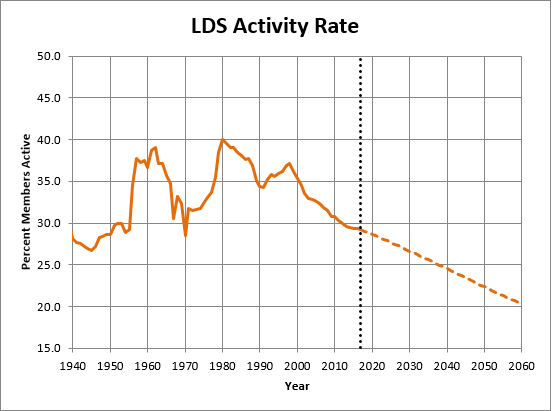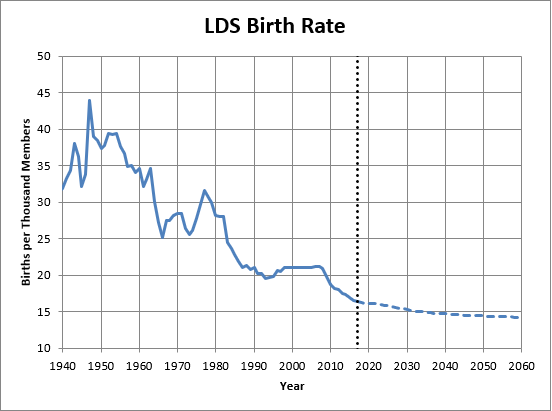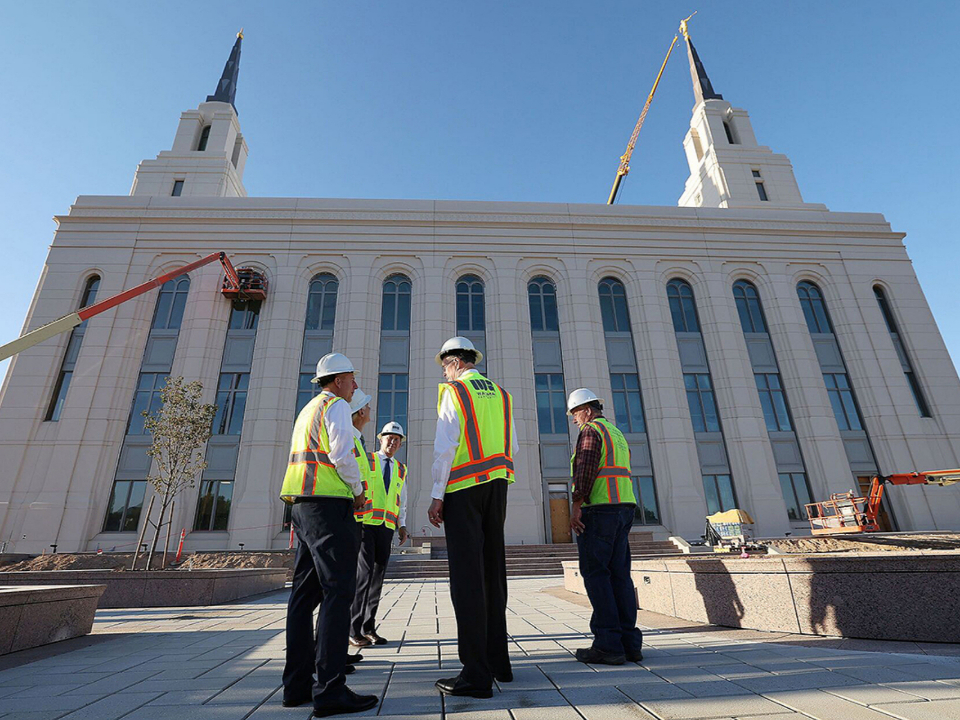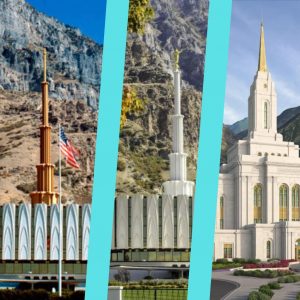In recent years, the Church of Jesus Christ of Latter-day Saints (LDS) has faced a unique paradox. While its active mormon membership has experienced a noticeable decline due to various reasons, including concerns over anti-LGBTQ policies, controversies involving leadership, and legal troubles with the SEC, the construction of new LDS temples continues at an unprecedented pace. The LDS church leadership is comprised of business-savvy men whose reasons behind this phenomenon are likely very logical. It’s worth shedding light on the motivations that drive the LDS Church to invest substantial resources in building new temples despite the dwindling numbers of members that pass the LDS Church’s own worthiness bar to be admitted.
Who is allowed access to LDS Temples?
LDS Temples are reserved only for “members in good standing”. Being a member of the LDS church does not automatically entitle you to enter these buildings.
Therefore, looking at the overall growth of membership in the LDS Church does not provide much insight to how many Mormons will actually enter LDS Temples. A better indication is Membership Activity statistics. Still, only a subset of active Mormons can enter the Temple, so the number of “Temple Worthy” members of the LDS Church that can actually use LDS Temples is a lower percentage than Active Members:

Membership Decline and Controversies
Before delving into the construction of new temples, it’s essential to understand the factors contributing to the decline in active LDS membership. Over the past few decades, the LDS Church has faced criticism for its stance on LGBTQ issues, particularly its opposition to same-sex marriage and its exclusionary policies towards LGBTQ individuals. These policies have led to significant disillusionment among members, with some choosing to distance themselves from the Church.
Additionally, controversies involving leadership, such as the 2019 whistleblower complaint to the SEC, have cast a shadow on the Church’s financial practices. While the details of these allegations may vary, they have undoubtedly eroded trust and caused some members to question their commitment to the organization.
The evolution of the internet itself and the wide availability of fact-checked information regarding the LDS Church’s financial practices and blatantly mistranslated manuscripts known as the Pearl of Great Price have also provided the rank and file Mormon community reasons to leave the church.

Graph courtesy of Clint Kimball, fullerconsideration.com. The LDS population is not only less active in the church, but Mormon population growth through childbirth itself has dramatically slowed its growth, yet LDS Temple construction has accelerated.
The Temple Construction Boom
In stark contrast to the decline in active membership, the LDS Church has embarked on an ambitious project to build new temples around the world. According to the Church’s official website, it announced plans for a staggering 20 new temples in a single year, 2021. This announcement raised eyebrows and prompted many to question the rationale behind such an expansion, especially when considering the substantial financial investments required for temple construction.
Temples as Public Advertisements
One key reason for the rapid expansion of temple construction is the desire to maintain a strong public presence. LDS temples are often built in prominent and highly visible locations, serving as iconic landmarks in their communities. These majestic structures are meticulously designed and constructed, making them visually striking and a source of pride for Church members. Their prominent locations and grand architecture effectively act as advertisements for the LDS Church, ensuring that it remains a recognizable institution in various regions.
In a world where religious affiliation is declining in many places, having an unmistakable and imposing temple serves as a testament to the Church’s commitment to its beliefs and its ability to endure in the face of societal changes. It reinforces the idea that the LDS Church is a force to be reckoned with and a lasting presence in the communities where it builds its temples.
Assurance for the Faithful
Another crucial aspect of temple construction is its role in reassuring the faithful members of the LDS Church. As the Church grapples with controversies and evolving societal norms, maintaining the loyalty of its core membership becomes paramount. Temples play a vital role in this regard by symbolizing the sanctity of LDS beliefs and practices.
LDS temples are not open to the general public, and only faithful members in good standing are allowed to enter. This exclusivity imparts a sense of privilege to those who can access the temple, reinforcing their commitment to the Church. For many believers, the construction of a new temple in their region signifies divine approval and reaffirms their faith in the LDS Church as the true path to salvation.
International Growth Strategy
The LDS Church has a long history of international expansion, and the construction of new temples plays a pivotal role in this strategy. As the Church seeks to establish a strong presence in countries around the world, the building of temples provides a tangible symbol of its commitment to these communities. It also serves practical purposes, such as reducing the need for international members to travel long distances to attend a temple.
Additionally, the construction of temples fosters a sense of community and identity among international members. It gives them a physical space where they can come together to worship, perform sacred ordinances, and strengthen their bonds with other believers. This sense of belonging can be a powerful motivator for individuals to remain active in the Church.
In a time when many religious institutions are grappling with declining membership and evolving societal attitudes, the Church of Jesus Christ of Latter-day Saints has chosen to invest heavily in the construction of new temples. Despite controversies and a decline in active membership, the LDS Church’s commitment to building these impressive structures serves multiple purposes.
Temples act as powerful advertisements, maintaining the Church’s public presence and visibility. They reassure faithful members of the Church’s validity and exclusivity, reaffirming their commitment. Moreover, the construction of temples supports the LDS Church’s international growth strategy, creating hubs of religious activity in various regions.
While the construction of new temples may seem contradictory in the face of declining membership, it is a strategic move that reflects the LDS Church’s determination to remain a prominent and enduring religious institution in an ever-changing world. Understanding this complex dynamic sheds light on the motivations behind the multiplication of LDS temples even as active membership dwindles.



